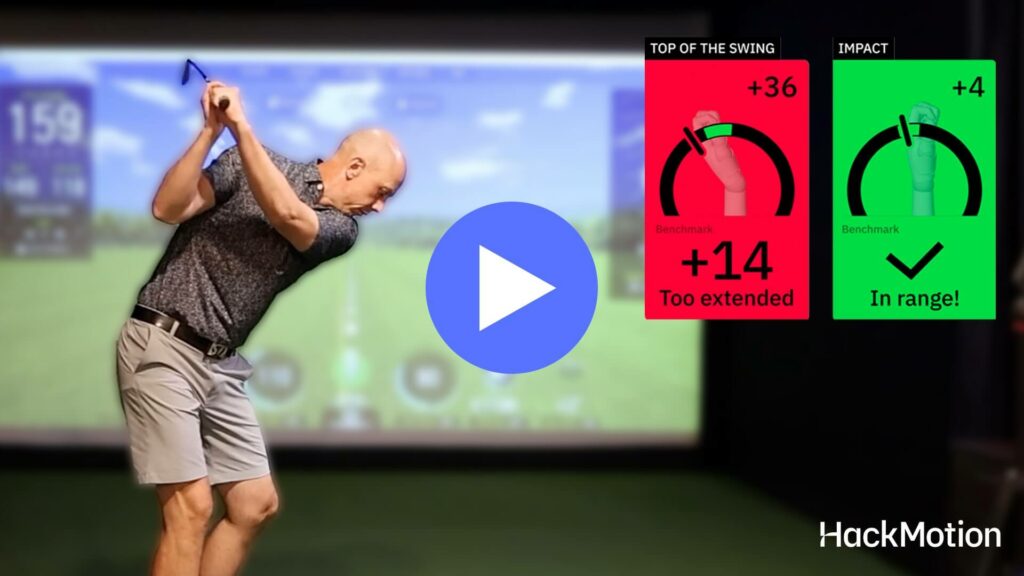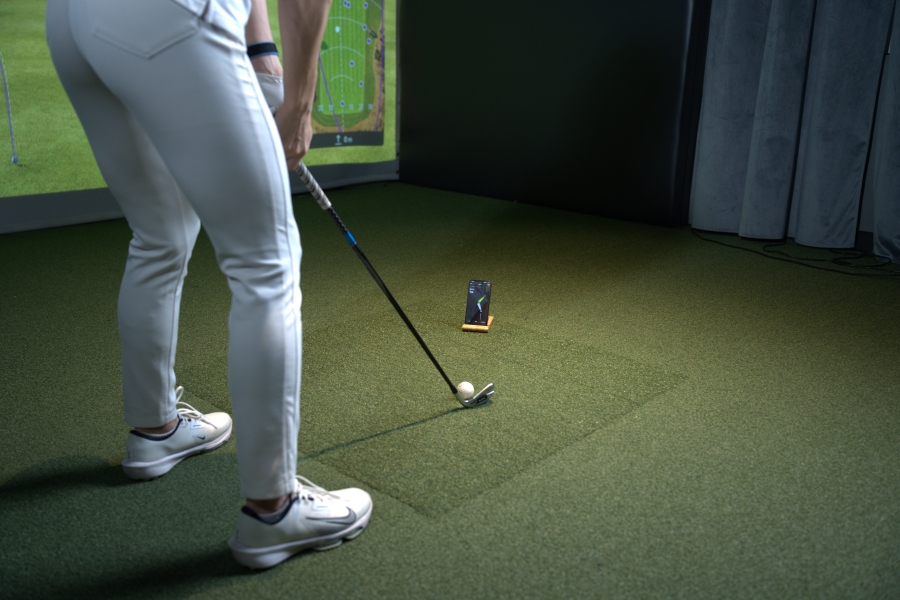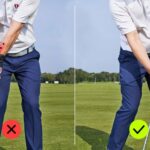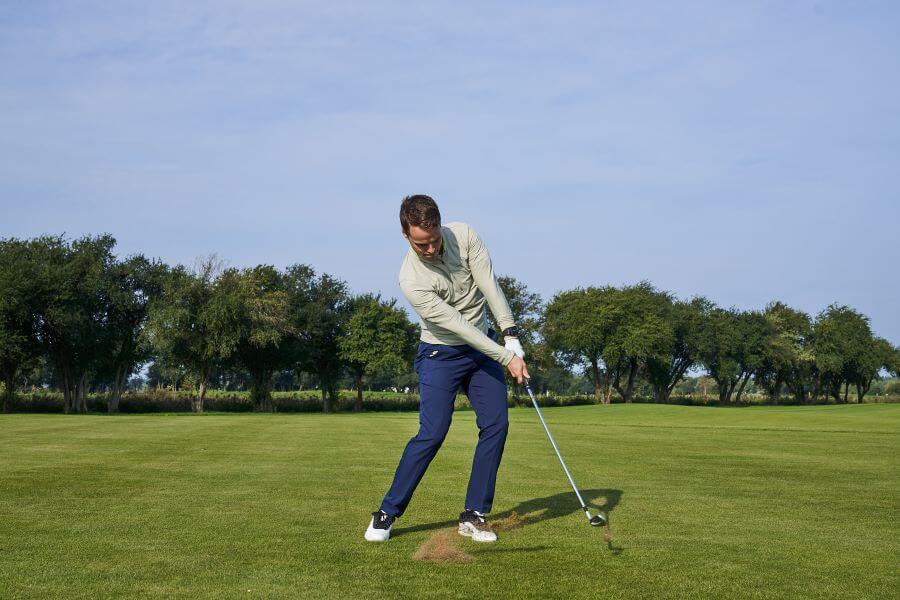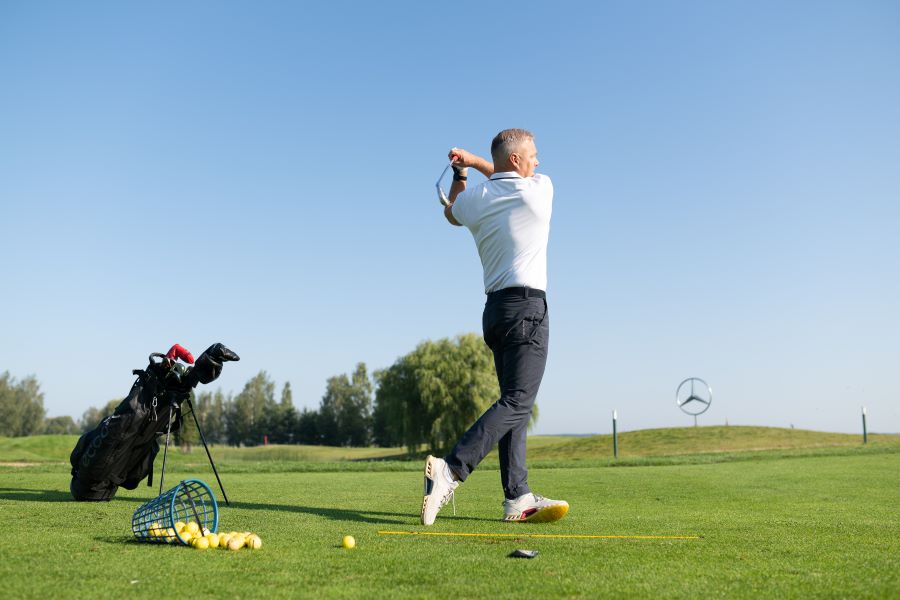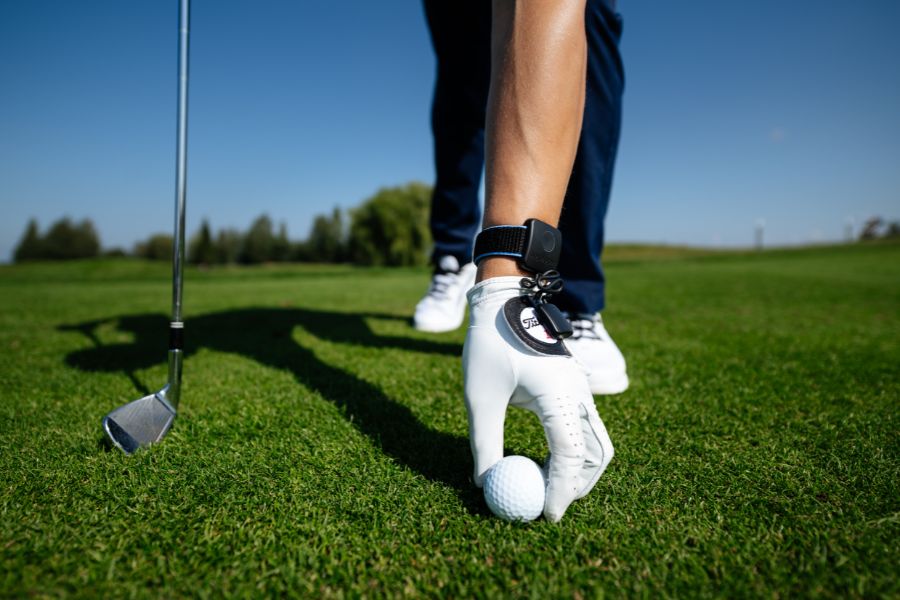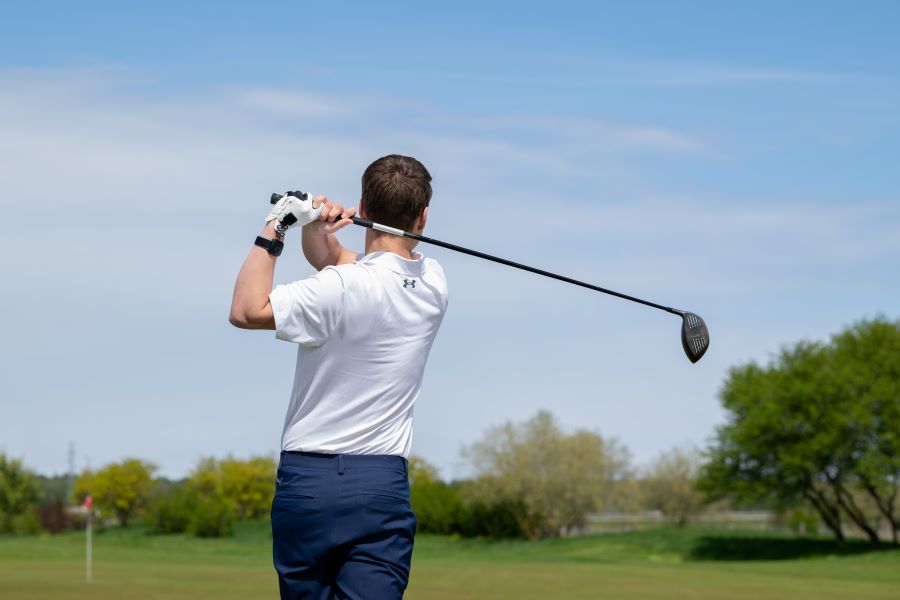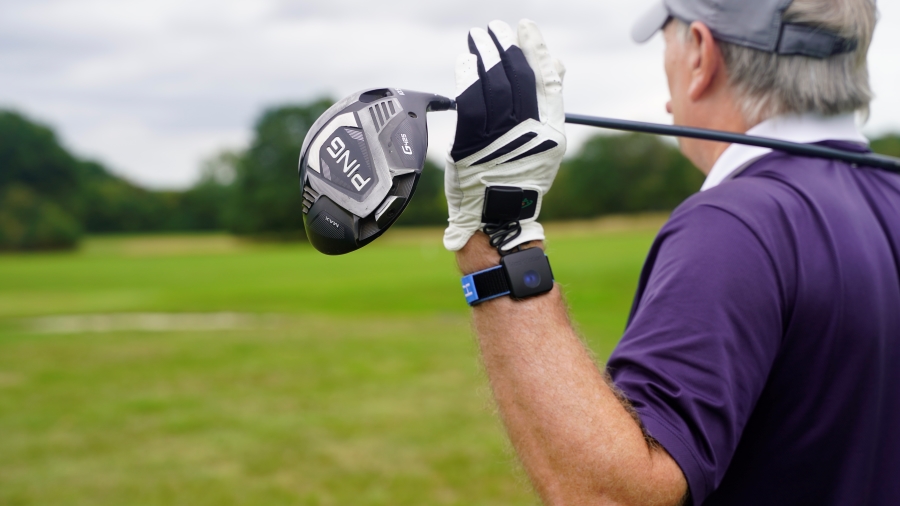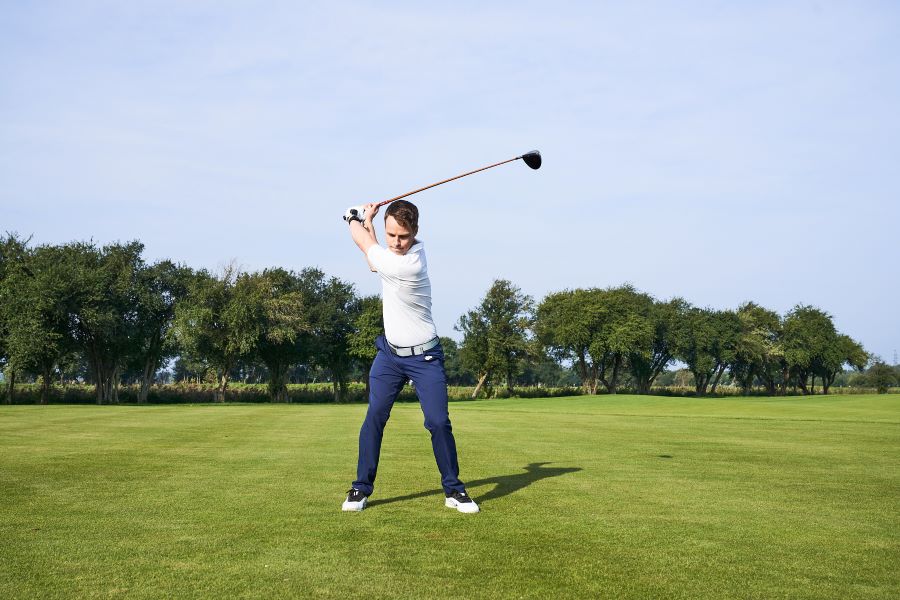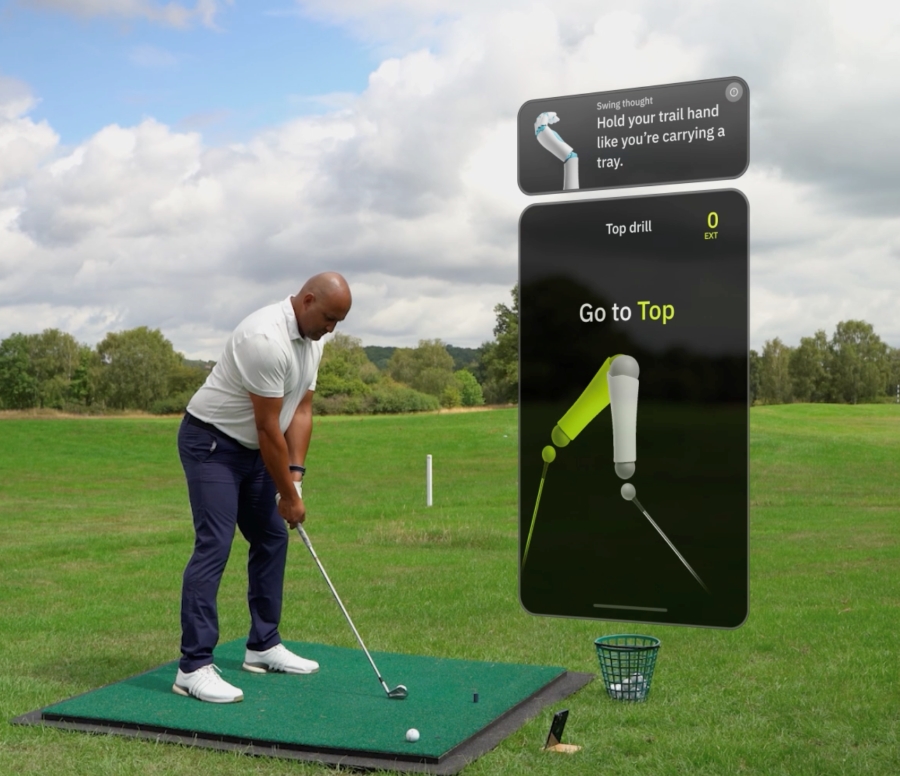Strong Grip vs Weak Grip in Golf: Pros, Cons, and When to Use Each One
Having your hands in the right place on the golf club is not just a matter of preference, it can significantly impact the position of the clubface at impact.
In fact, the grip has such a strong effect on your swing that before you start changing your club path, wrist angles, or release pattern, you may want to look at your grip first.
Whether you’re fighting a slice, over-hooking your irons, or just looking for a more consistent shot shape, your grip could be the hidden key.
This article breaks down what a strong and weak grip really are (not just how they look, but how they function), when to use them, how they influence clubface movement, and how to experiment safely using HackMotion.
Strong Grip vs Weak Grip (Key Takeaways)
If you don’t have a club in your hand and want to wait until you get to the range to work on your grip, here are a few important things to take with you right now.
- A strong grip rotates both hands more to the trail side (right for right-handed players), making it easier to close the clubface and reduce slices.
- A weak grip moves both hands more to the lead side, keeping the face open longer, great for hitting fades or soft pitch shots.
- Your grip determines how much range of motion your wrists and forearms have to rotate the clubface during the swing.
- Changing your grip can be a quicker fix than overhauling your swing, and you can use HackMotion to track how your grip influences your wrist angles at setup and impact.
- There’s no one perfect grip, but experimenting with both extremes on the range can help you find your “functional middle.”
- HackMotion lets you measure wrist extension and supination/pronation changes with each grip type, helping you match feel to data.
Contents
What’s the Difference Between a Strong and Weak Grip?
The terms “strong” and “weak” don’t refer to grip pressure. They describe the orientation of your hands on the club and how they influence clubface control.
- Strong Grip: Both hands turned to the right (for right-handed players). You’ll see more knuckles on the lead hand and the “V” formed between the thumb and index finger points toward the trail shoulder.
- Weak Grip: Both hands turned to the left. You’ll see fewer knuckles, and the “V” points more toward the chin or lead shoulder.
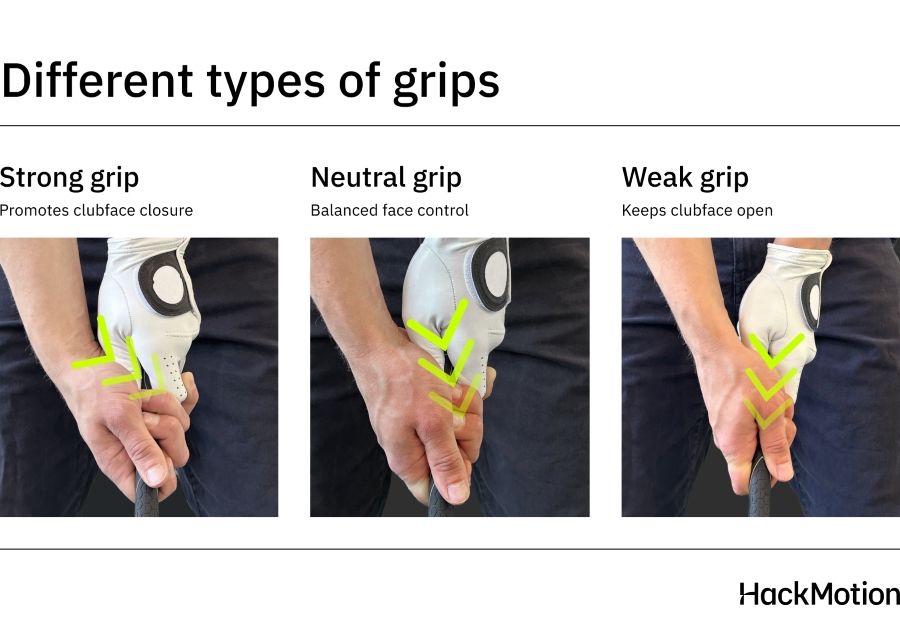
These positions change how your wrists and forearms rotate during the swing, affecting how easily the clubface opens or closes.
How Grip Affects Clubface Rotation
When you grip the club, your forearms and wrists work together to control the range of motion of the clubface.
Your hand position can influence how difficult/easy it is to rotate the clubface to a square position through impact.
- Strong Grip = more pronation in the lead arm and more supination in the trail arm ? easier to close the face (draw/hook bias).
- Weak Grip = more supination in the lead arm and more pronation in the trail arm ? easier to open the face (fade/slice bias).
While it’s often stated that a neutral grip is the ultimate goal for all golfer that’s not always the case. Some people have a natural hand position that makes rotation slightly left or right a better fit for their game.
Why Most Amateurs Benefit From a Stronger Grip
If you’re a right-handed player who tends to hit shots to the right, blocks, slices, high weak fades, you may not need a swing overhaul. The first place to look is the grip. Turning your hands slightly to the right on the grip will make the position stronger.
A stronger grip gives you:
- More freedom to square the clubface at impact.
- Less reliance on timing your release.
- A better chance at producing a draw or straight shot.
Wear HackMotion while experimenting and observe whether your trail wrist maintains more extension through impact with the stronger grip (20–30° is typical).
When to Try a Weaker Grip
While the neutral to slightly strong grip tends to be the go-to for most golfers, for most players, if you hook the ball or want to hit a higher, softer landing golf shot, the weaker grip can be a great tool.
In addition, you can experiment with the weaker grip for specific types of shots, even if it’s not your everyday grip option.
- Short Game: A slightly weaker grip helps keep the face open, preserving loft for high, soft chips and pitches.
- Shot Shaping: A weaker grip reduces clubface rotation, ideal when you want to hit a controlled fade.
- Overactive Hands: Weakening the grip can reduce trail hand dominance and encourage a smoother tempo.
Use HackMotion to monitor how a weaker grip affects wrist action at the top of the swing and into impact, looking for a flatter trail wrist and an open face tendency.
How to Experiment with Grip Changes (The Right Way)
Instead of guessing which grip is right for you, there is a better way to go about this.
You’ll want to work on your grip at the range and the most important thing to remember is that a small adjustment is all you need to see results.
Step 1: Go to the extremes on the range
Try turning both hands as far as you can to the right (very strong) and hit a shot. Then turn both hands to the left (very weak) and hit a shot. Observe:
- Shot direction
- Ball flight height
- Clubface at impact
Step 2: Use HackMotion to track wrist angles
Track how your wrist extension or flexion changes with each grip. You should notice some changes in the grip position, depending on how the grip initially looked and how your wrists functioned throughout the swing. For example:
- Does a stronger grip help you maintain extension and shaft lean?
- Does a weaker grip flatten your wrist too early?
Step 3: Dial it back
Once you’ve explored the extremes, gradually move your grip back toward neutral until you find a position that delivers a consistent clubface at impact. Then start testing yourself to see if you can tweak the grip slightly to hit a fade or a draw.
HackMotion’s real-time data and audio feedback can guide you to the ideal wrist motion for your grip choice.
HackMotion Drill: Grip Experimentation Routine
While there are not specific drills to work on grip position you can use something that is more of a trial and error type option like this grip face control drill.
You’ll find a better position for your hands and learn more about how the grip position affects your clubface.
- Set Up: Start by gripping the club extremely strong (hands turned fully to the right).
- Hit a Shot: Notice the flight (likely a big hook).
- Switch to Weak: Turn both hands left and hit a shot (likely a high fade or slice).
- Use HackMotion: Record both swings. Observe: Wrist angles at the top, Wrist angles at impact, How face control changes.
- Find the Middle Ground: Adjust your grip until HackMotion shows you are retaining trail wrist extension at impact while producing your preferred ball flight.
This process takes the guesswork out of grip fitting and helps you develop a grip that works with your natural wrist motion not against it.
Remember that if a neutral grip never allows you to square the face, you have to look at changing to something else.
Final Thoughts
Grip changes can feel uncomfortable, but that discomfort may be the key to unlocking better wrist mechanics, more solid contact, and straighter shots.
Before you try to fix your slice with a new takeaway or downswing move, look at your grip. Then wear HackMotion and use real data to back it up. Many golfers not only struggle with the initial position of the grip but also the consistency in that position.
Whether you settle on a strong, weak, or neutral grip, the goal is the same: return the clubface square to the ball with proper wrist angles at impact. HackMotion helps you get there faster.

